The Coral Triangle is pivotal for marine biodiversity.
Stretching across the oceans of Indonesia, the Phillipines, Malaysia, Papua New Guinea, Timor Leste and the Solomon Islands, the Coral Triangle stands as a sanctuary, covering 1/3 of the global coral area and serving as a climate refugium. It is home to an astounding 75% of the world's known coral species, including 600 species of reef-building corals and 3,000 species of reef fish. 35% of the world's 50 most resilient reefs are nestled within the Coral Triangle.
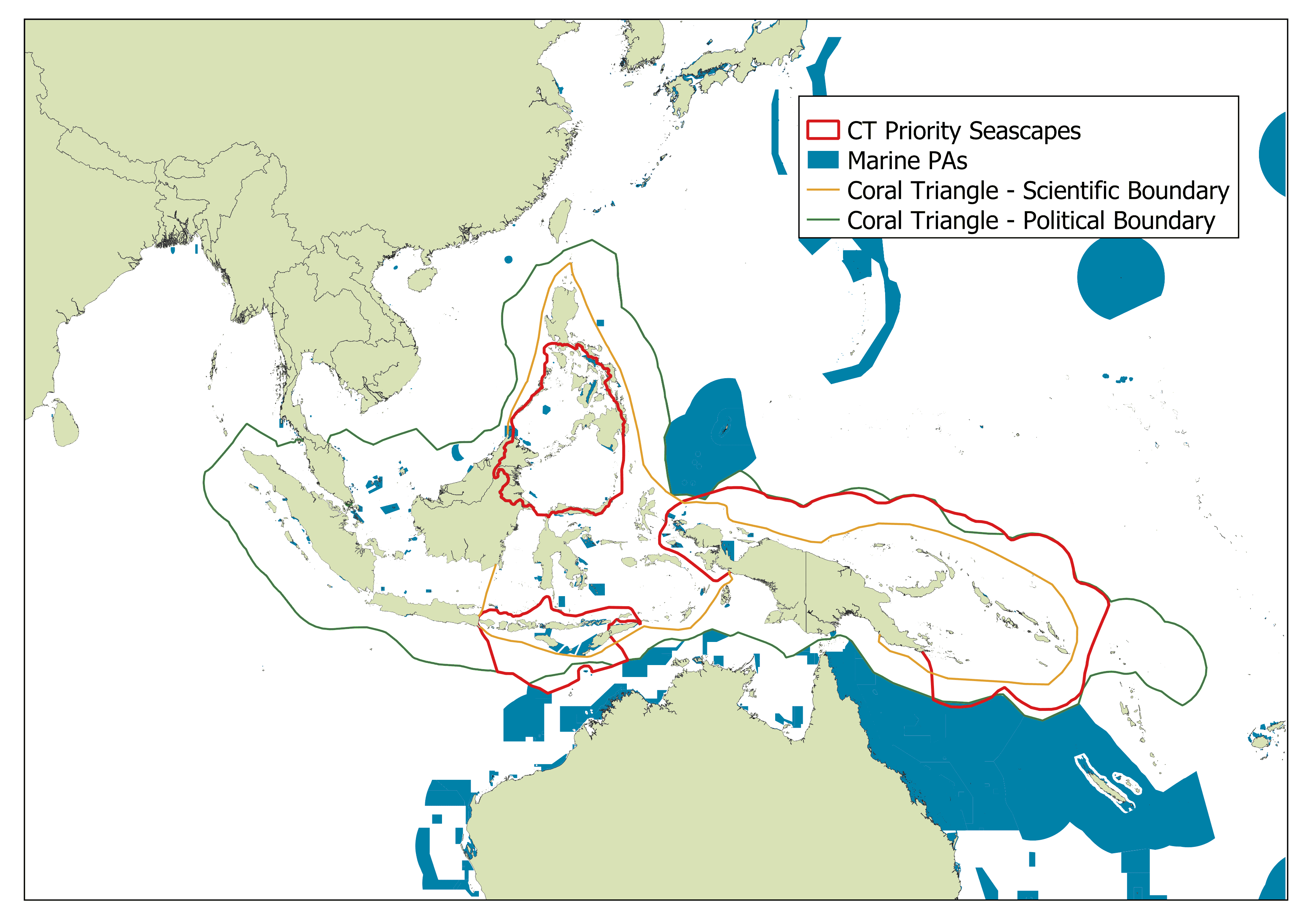
30 by 30 Goals
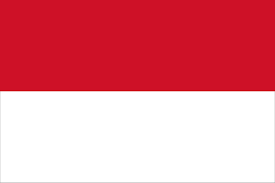

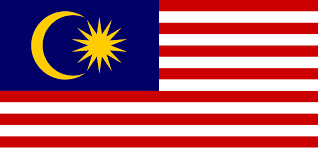



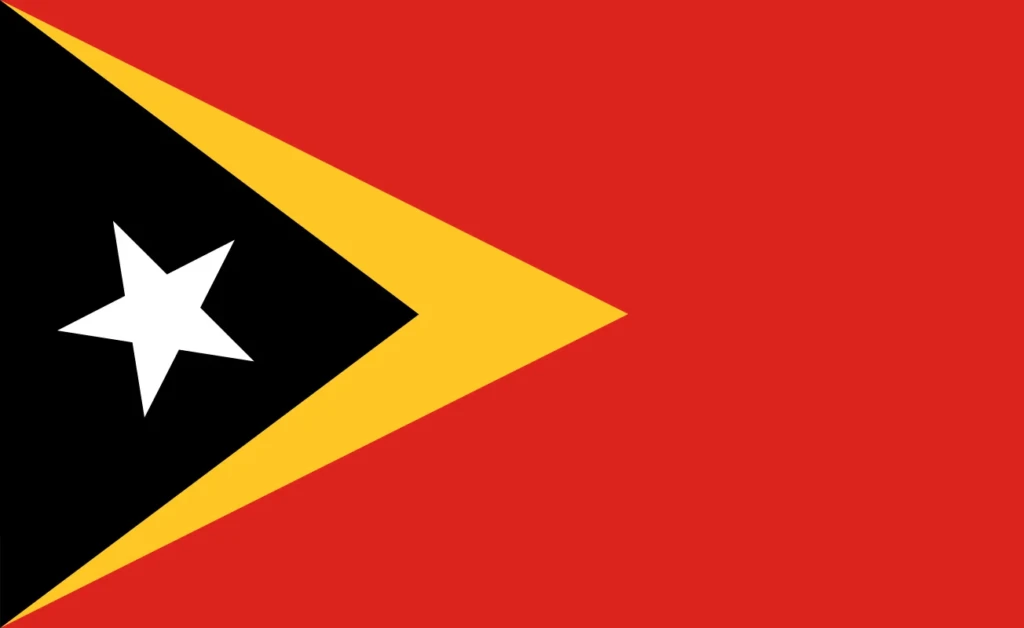

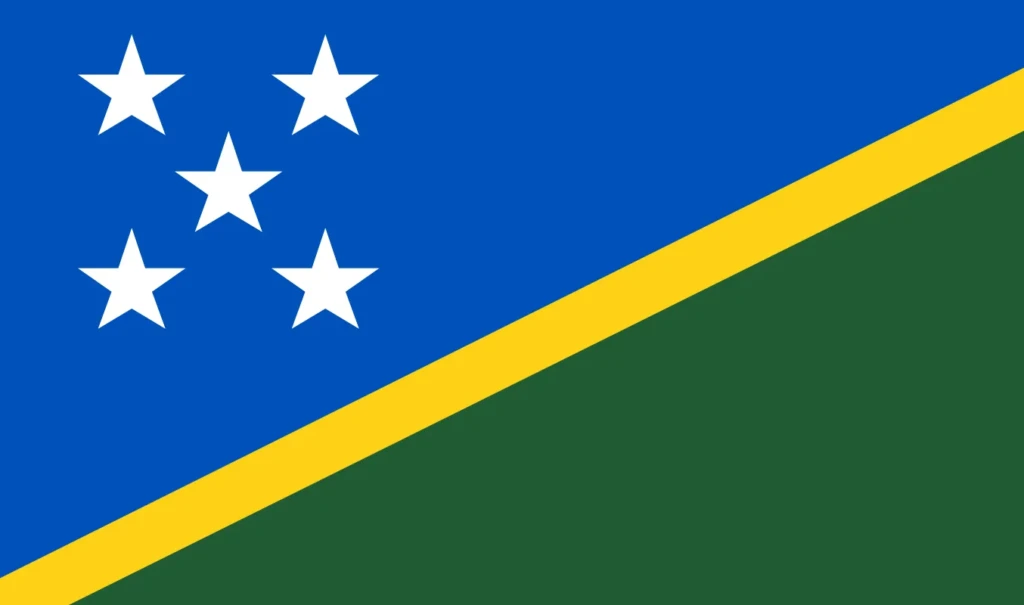

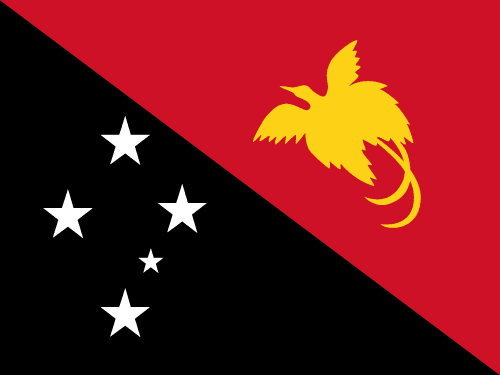

Indonesia
30% by 2045
Malaysia
10% by 2025
Philippines
30% by 2030
Timor-Leste
30% by 2030
Solomon Islands
~15% by 2030
Papua New Guinea
TBC
< Alor Island – Erik Lukas / Ocean Image Bank
The Coral Triangle is more than a biodiversity necessity, but a lifeline for humanity. The marine resources within the triangle directly sustain the livelihood of over 120 million people. The local communities are intricately integrated and woven into the very essence that makes the Coral Triangle. The allure of the Coral Triangle extends beyond its borders, bringing travelers to experience the marine ecosystem beauty including the coral reefs, hence being an economic powerhouse. Annually, the coral triangle reef generates US$5.7 billion from tourism.
Not only is the Coral Triangle a sanctuary for marine life and source of livelihoods, it offers coastal protection to 26 million people. The coral reefs act as nature’s barrier, providing a crucial defense against the elements. Even more, this region holds a large portion of the world’s blue carbon, with 45% of the world’s mangrove-associated carbon found here.











Despite its tremendous economic, cultural and financial values, marine conservation in the Coral Triangle is grossly underfunded.
The Coral Triangle reefs are threatened by climate change, sedimentation, harmful fishing, pollution, and coastal development, underscoring the critical need to ensure these essential natural resources have sustainable and adequate funding.
This is where our solution, the Coral Triangle Conservation Fund comes in. Functioning as an Independent Conservation Trust Fund, we have a singular dedication to regional marine conservation which aligns with an underfunded Sustainable Development Goal – 14: Life Below water. We do this in partnership with the CTI-CFF, national governments, donors, technical experts, and civil society. At its core, the Fund is a transparent financial mechanism which channels finance efficiently down to Indigenous Peoples & Local Communities as well as local NGOs, municipalities, and other local conservation actors, where there are limited financing mechanisms.
- CTCF's mission aligns with SDG 14 by promoting the establishment and effective management of Marine Protected and Conserved Areas (MPCAs) in the Coral Triangle.
- The focus on resilience and sustainability contributes to the global effort to conserve and sustainably use marine resources.
The Coral Triangle Conservation Fund's (CTCF) strategic objectives strongly align with various United Nations Sustainable Development Goals (UN SDGs).
- CTCF's commitment to enabling coastal communities and ecosystems aligns with SDG 13, fostering climate resilience and adaptation measures.
- The fund contributes to the global goal of addressing climate change and its impacts through its efforts.
- CTCF supports SDG 11 by working towards the resilience and sustainability of coastal communities.
- Effective management of marine and coastal ecosystems contributes to the overall goal of building sustainable cities and communities, especially in the Coral Triangle region.
- While the primary focus is on marine and coastal ecosystems, CTCF recognizes the interconnectedness between land and sea, and the corresponding importance of reef-to-ridge approaches.
- CTCF supports cross-sectoral coordination in freshwater use management, sanitation, wastewater treatment and sustainable land use, to sustain coastal livelihoods and conserve biodiversity.
- CTCF collaborates with diverse stakeholders: governments, civil society, private actors, indigenous peoples, and local communities, aligning with SDG 17.

